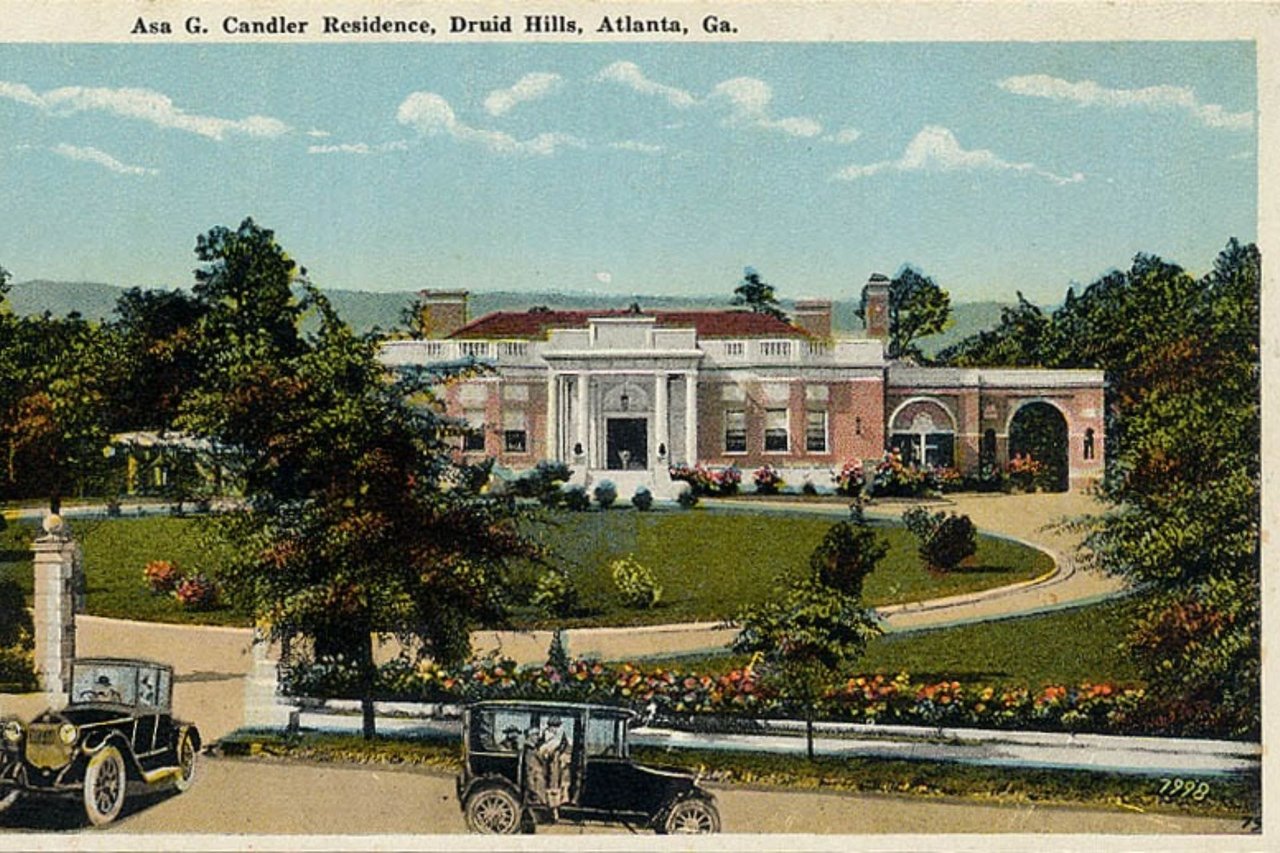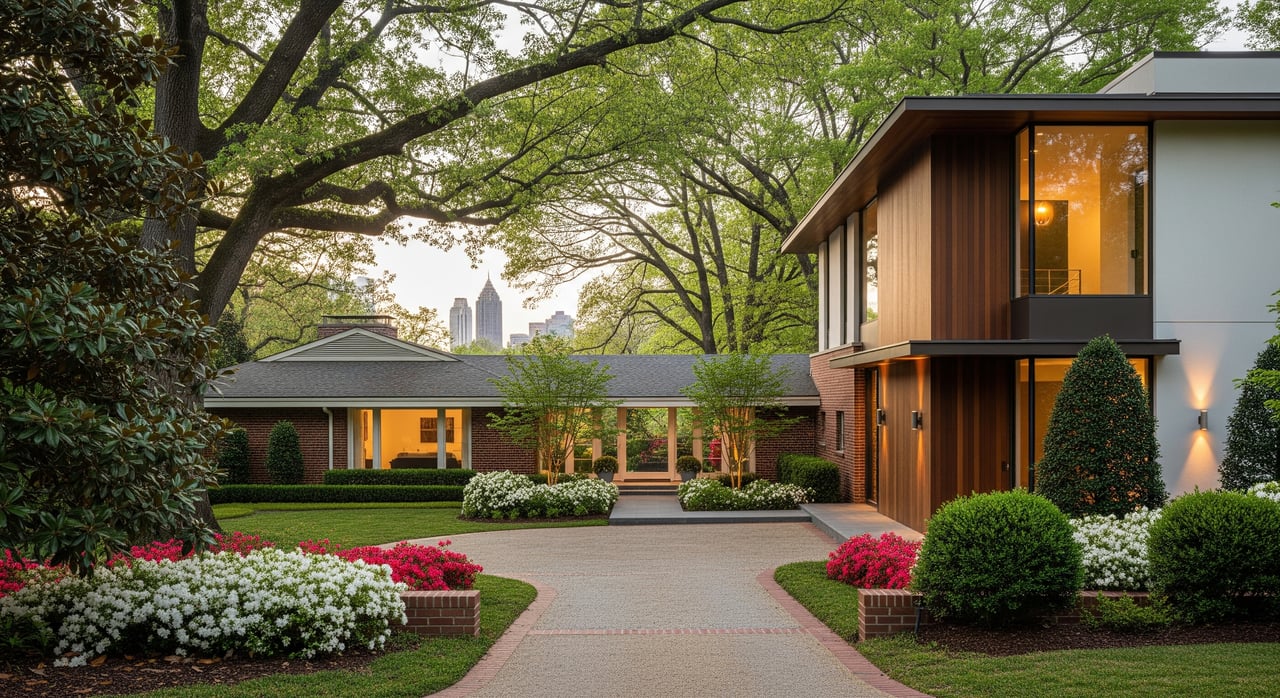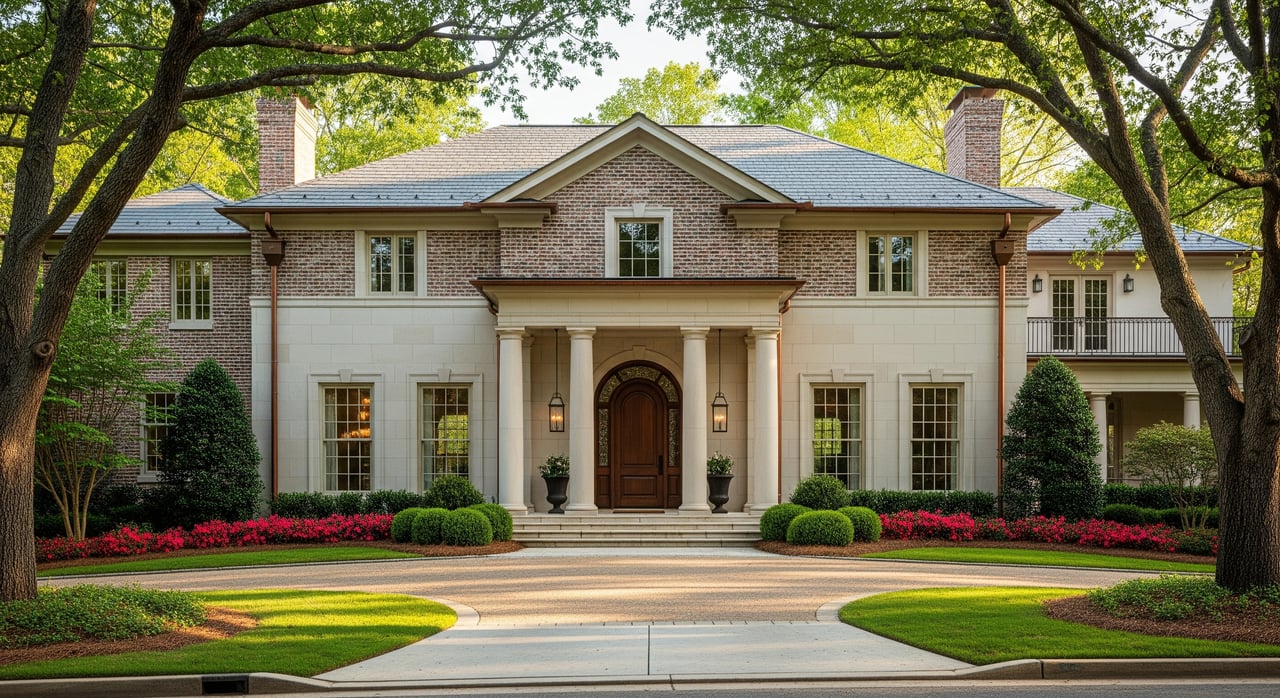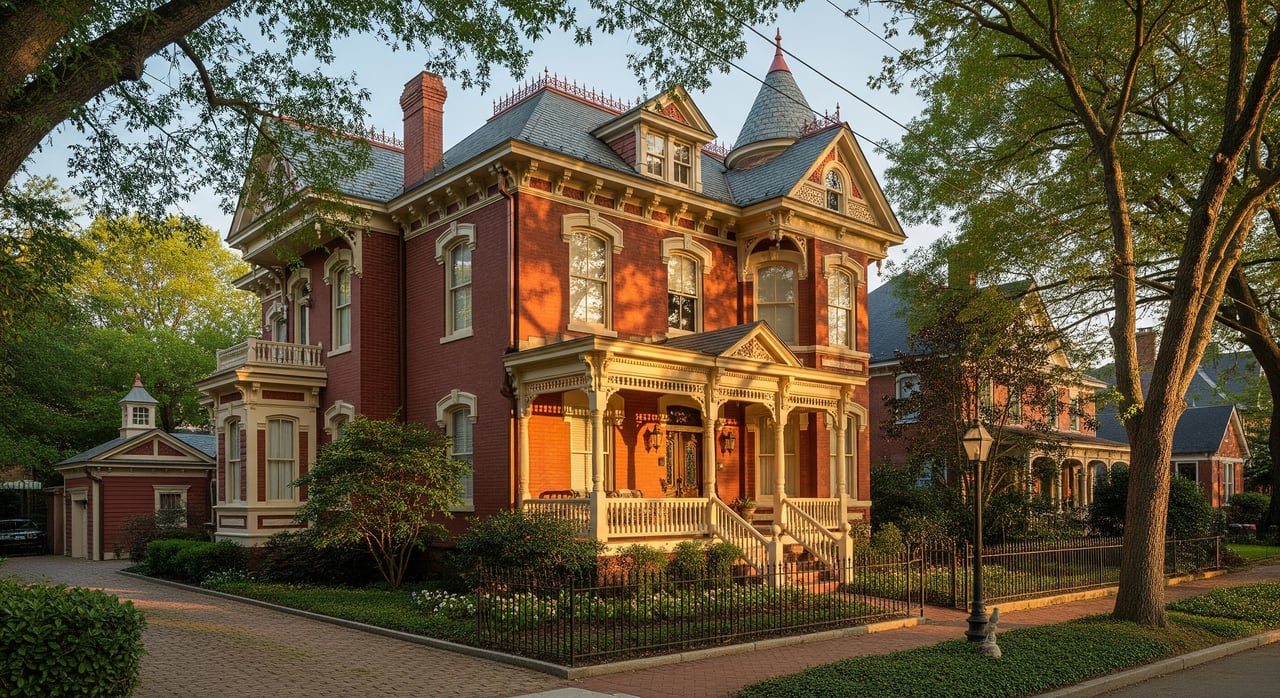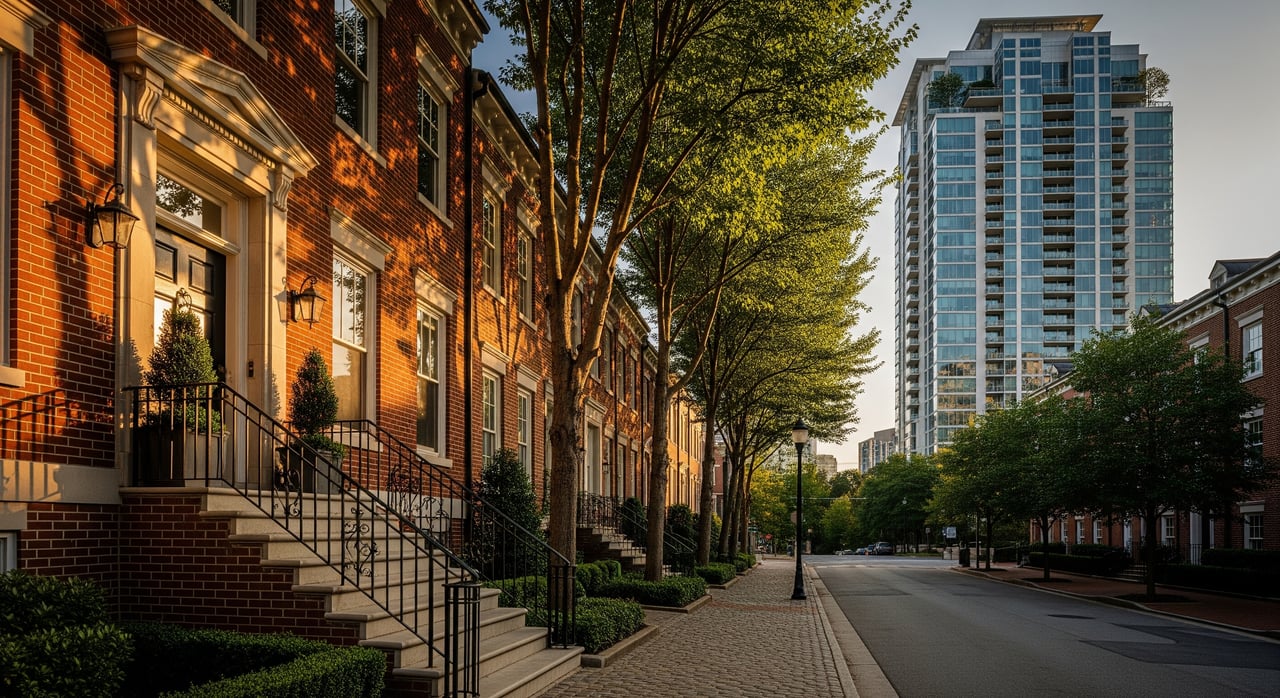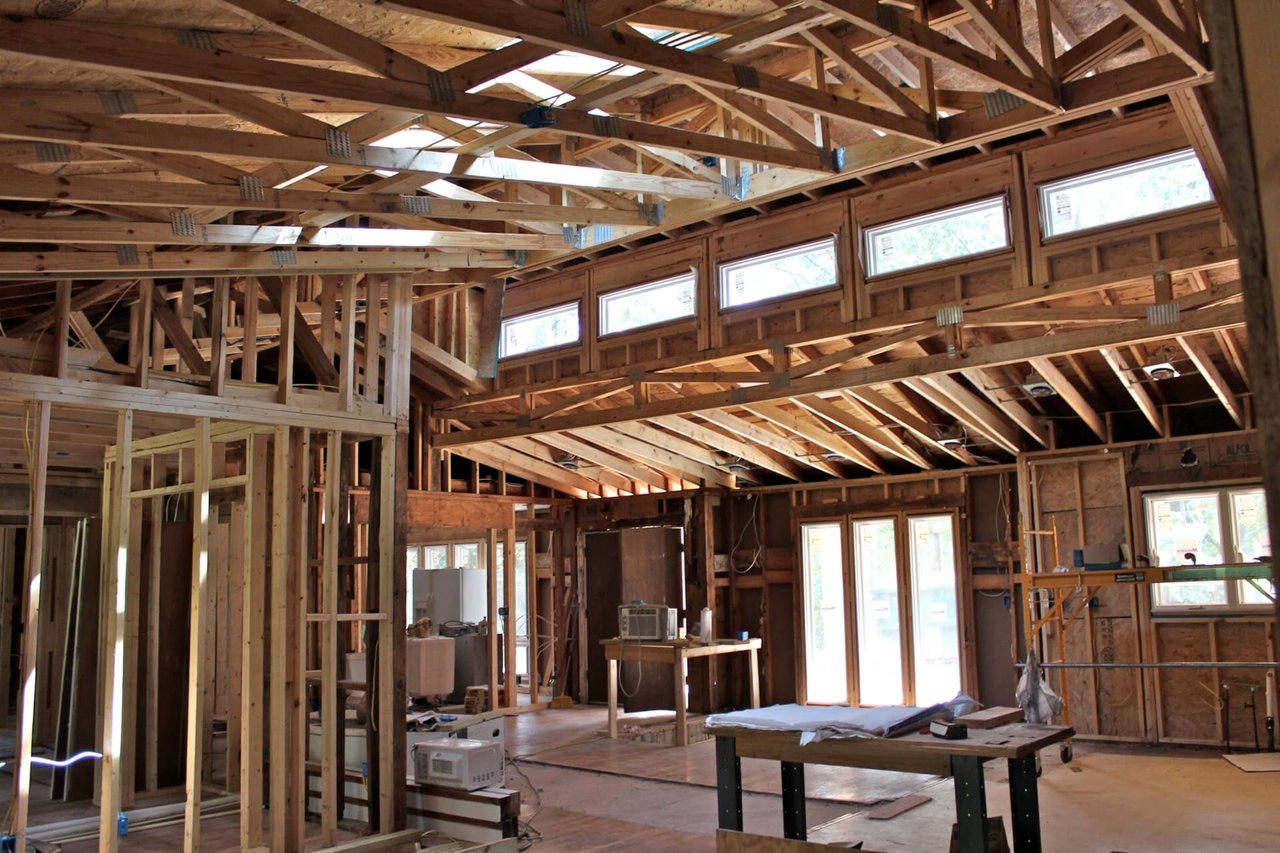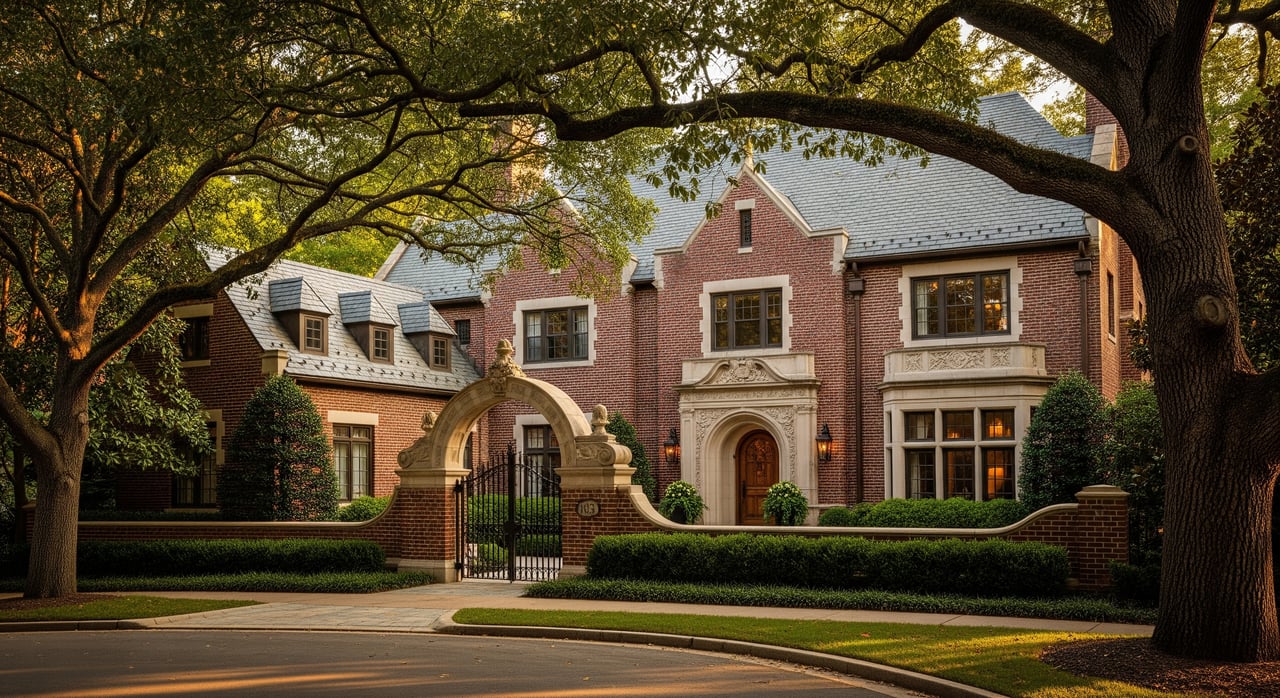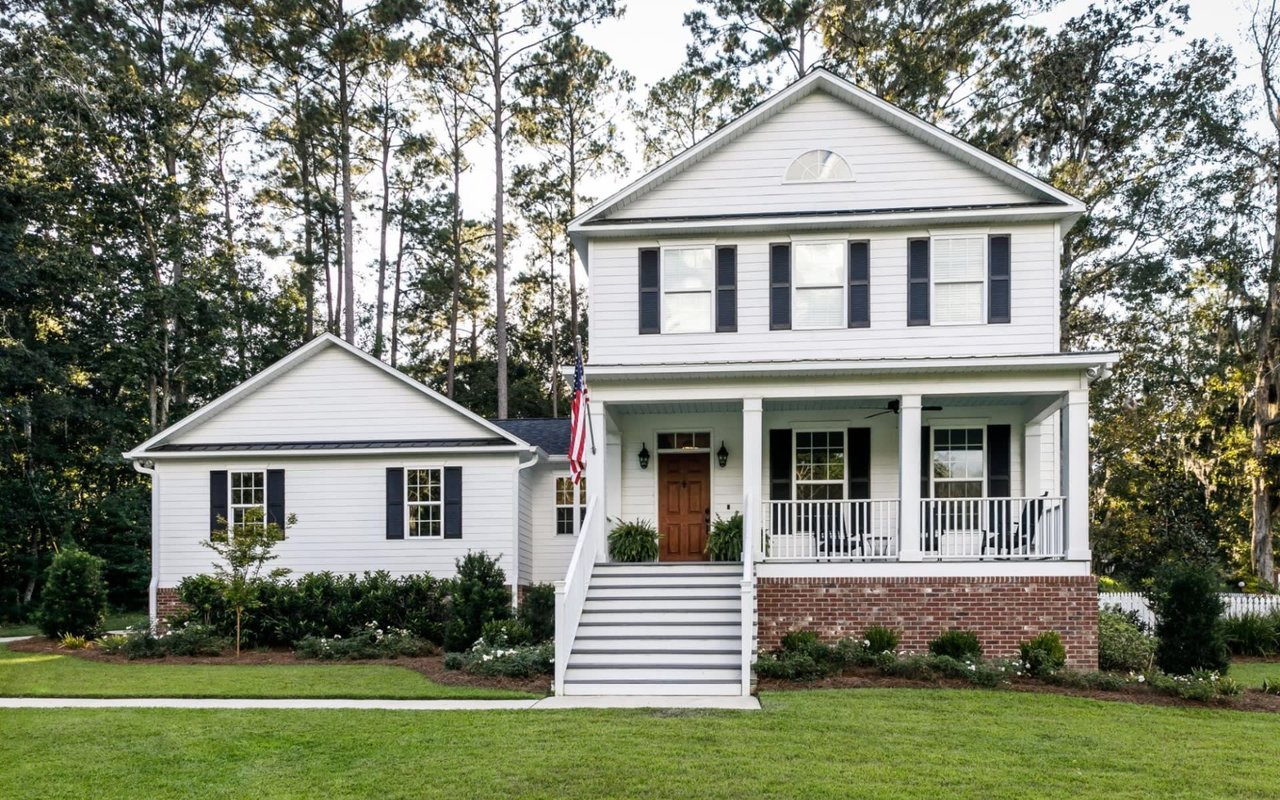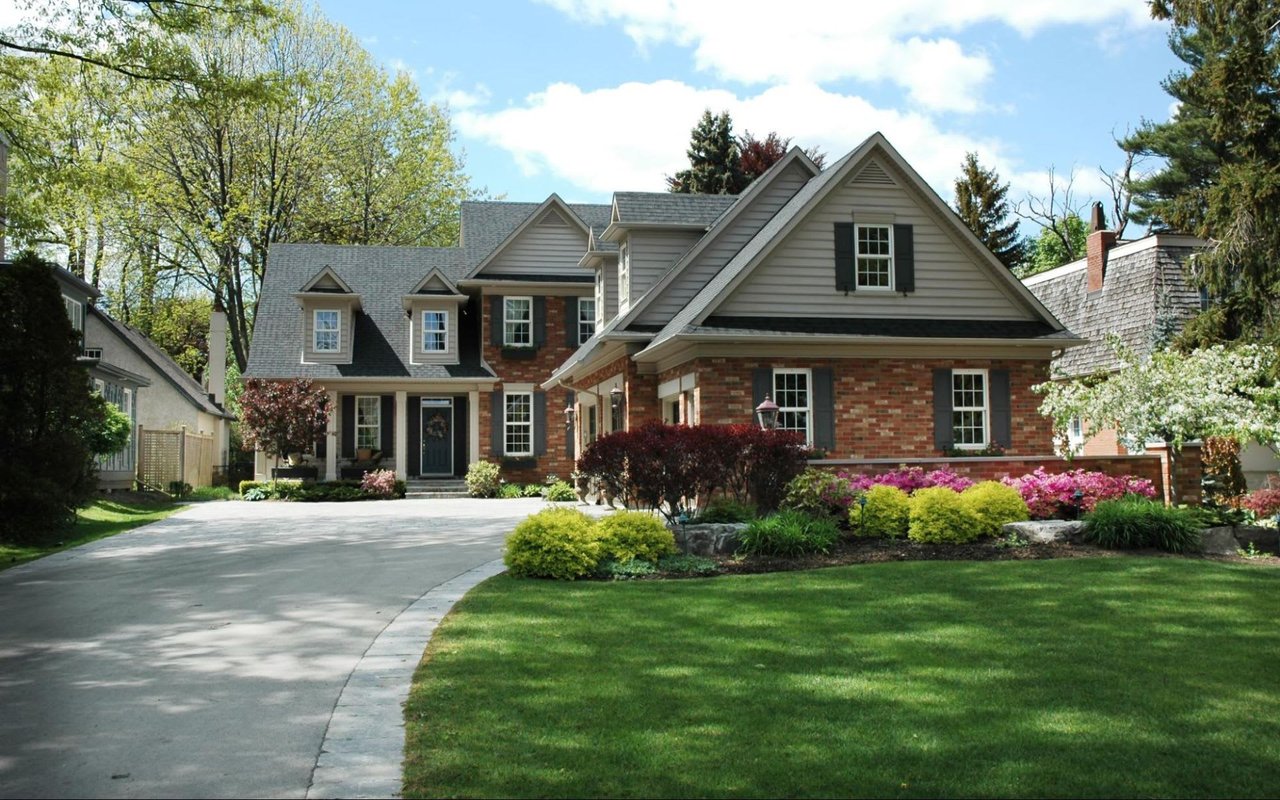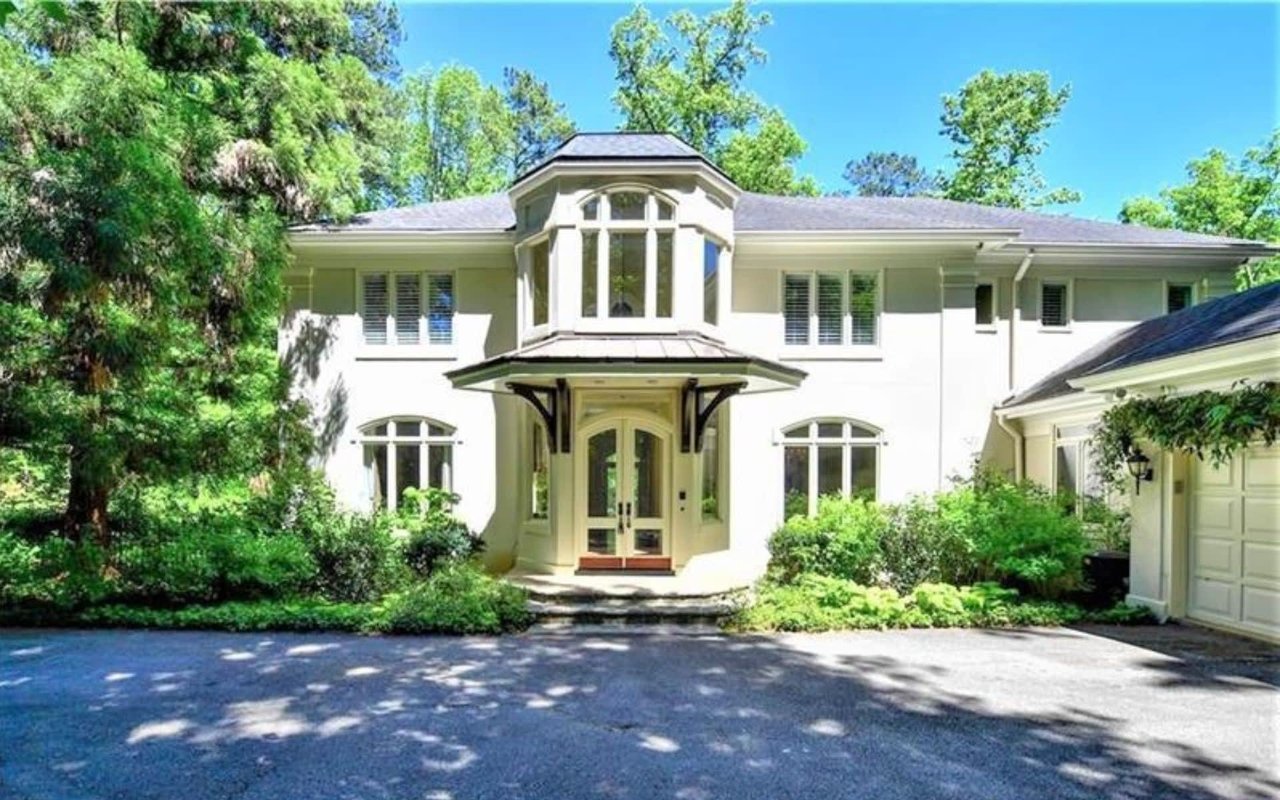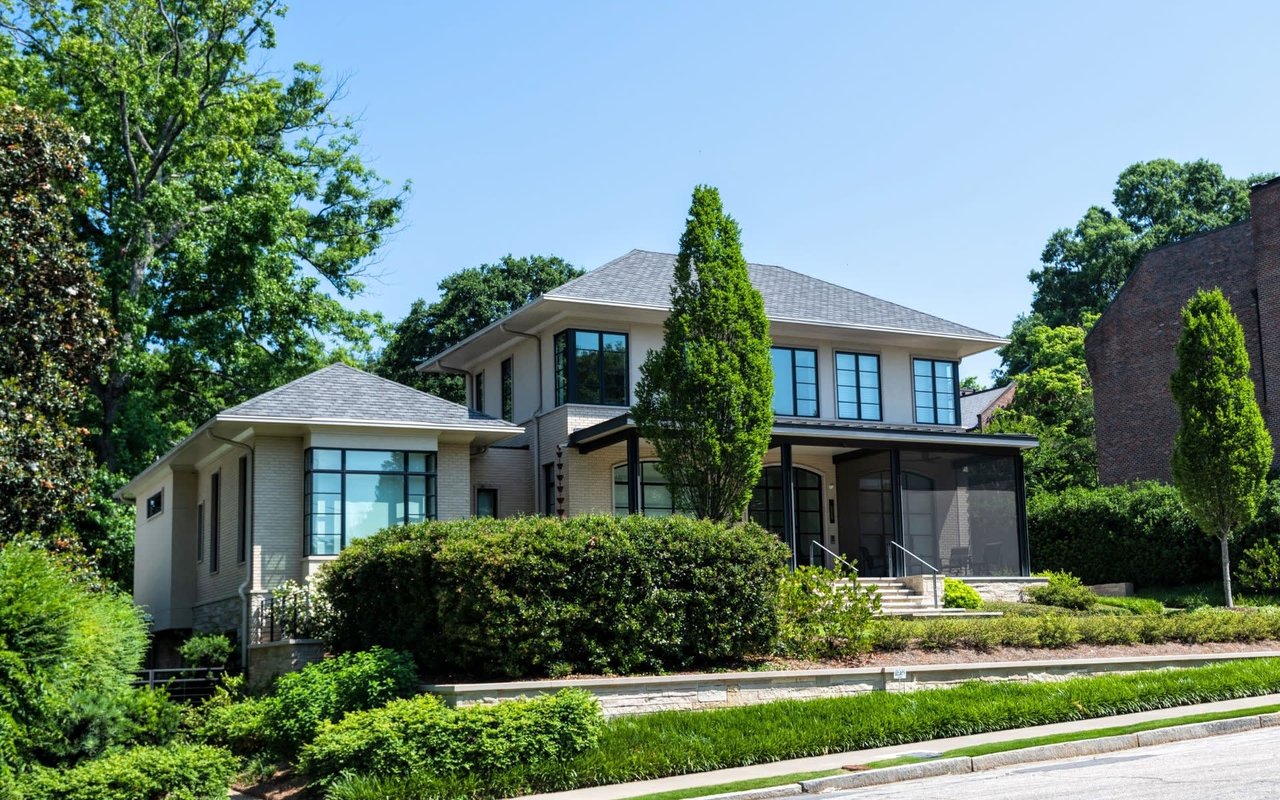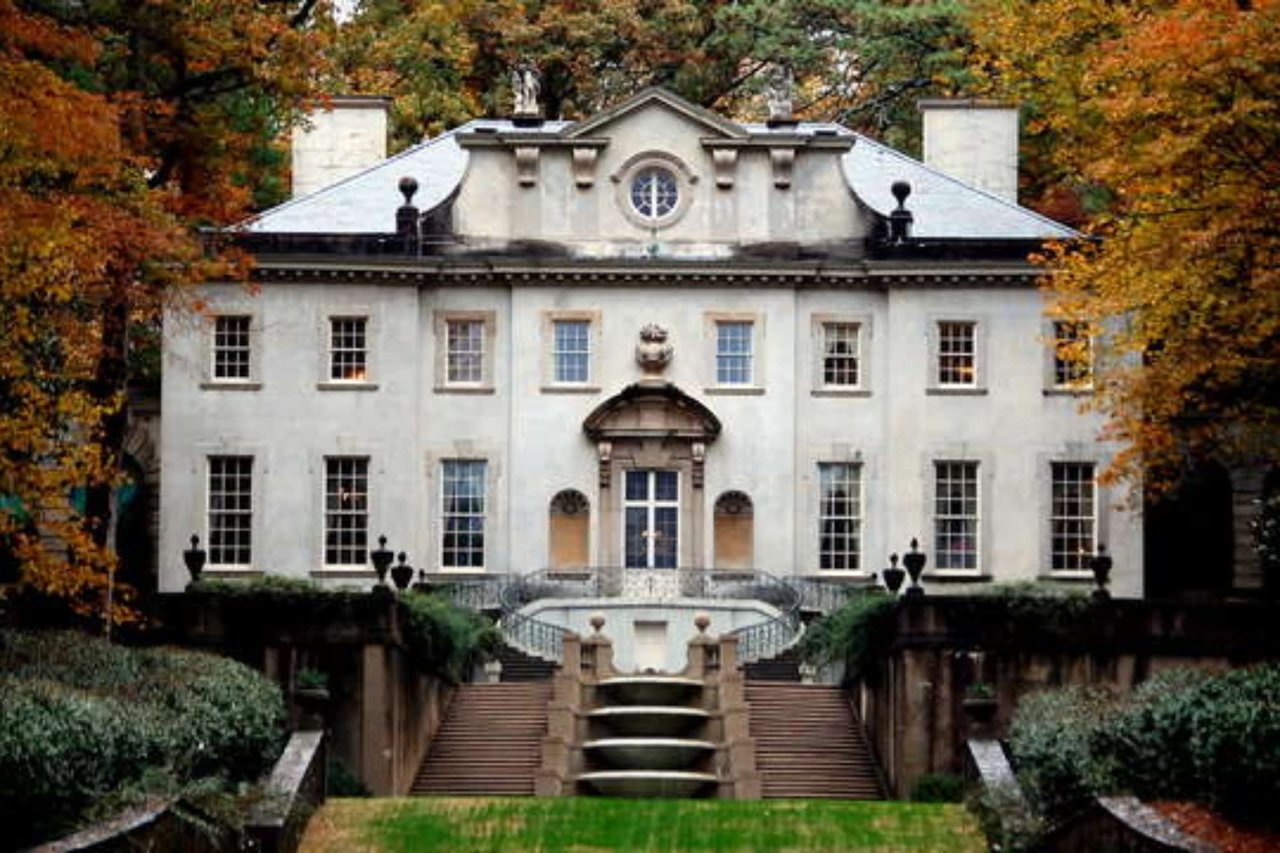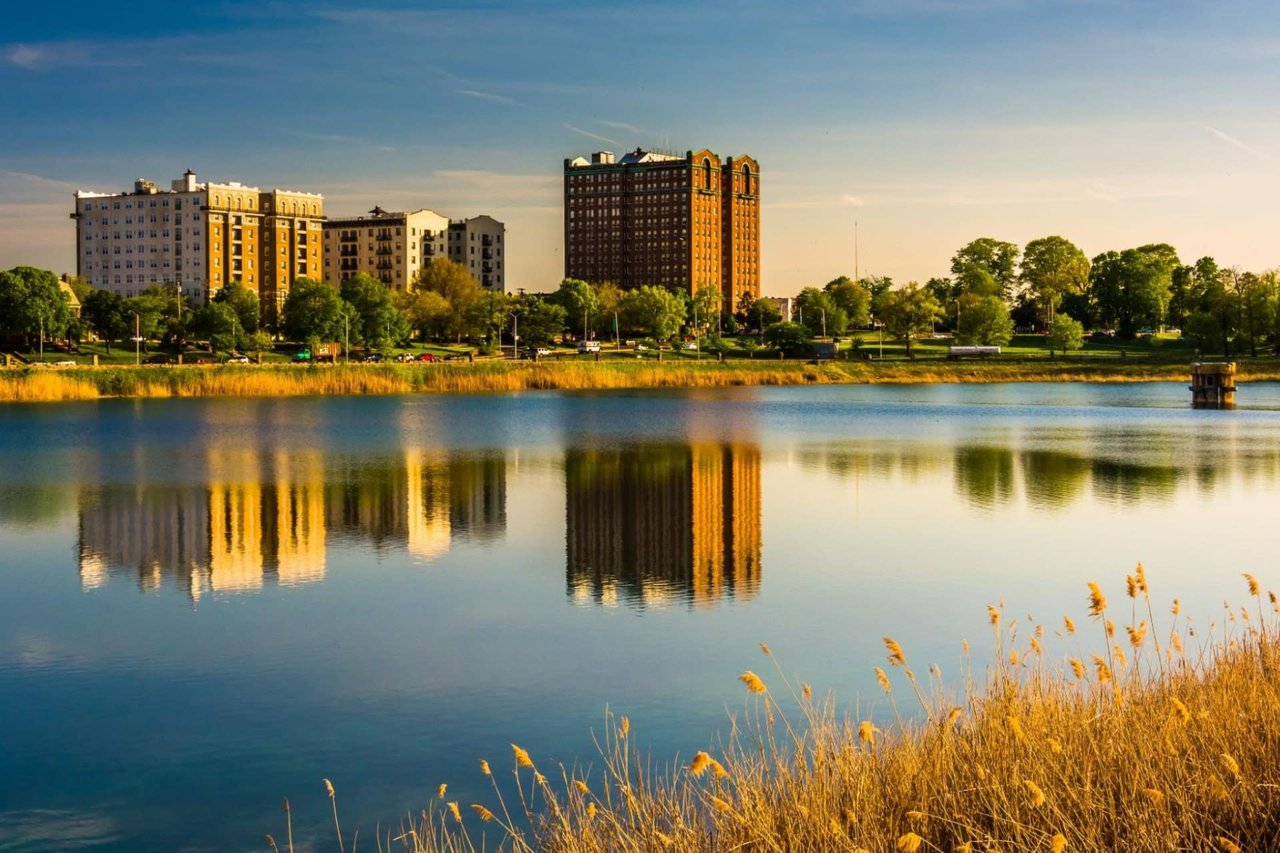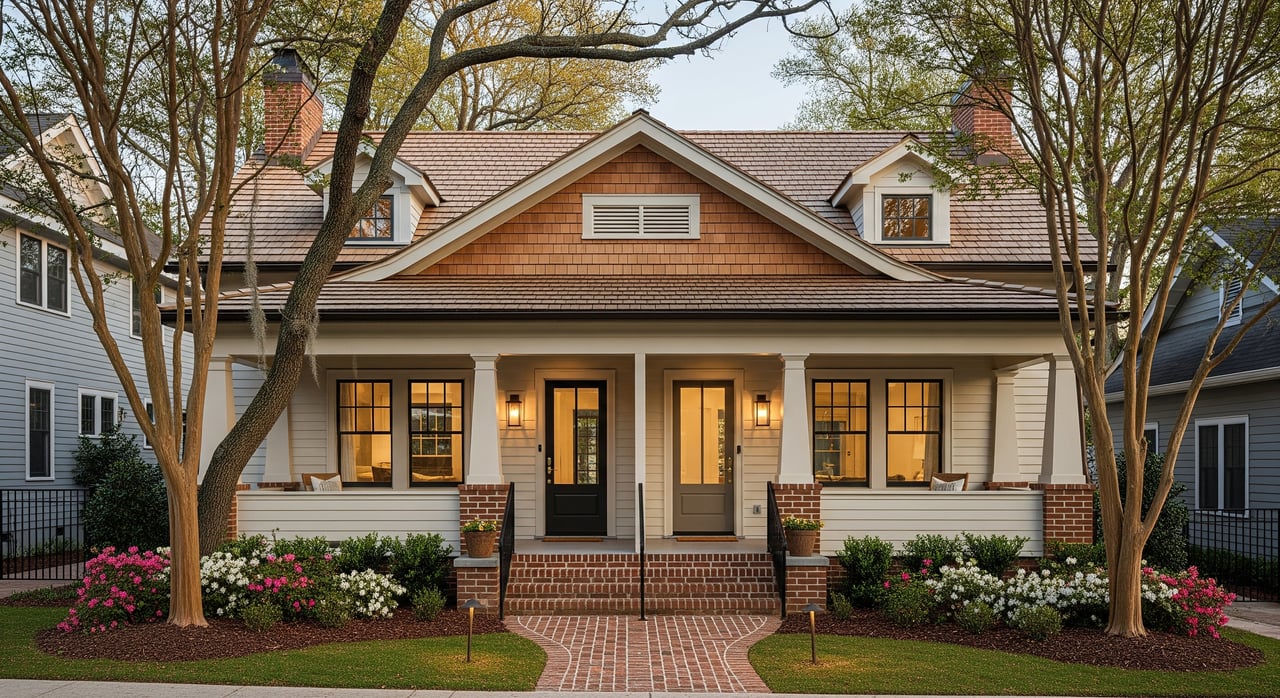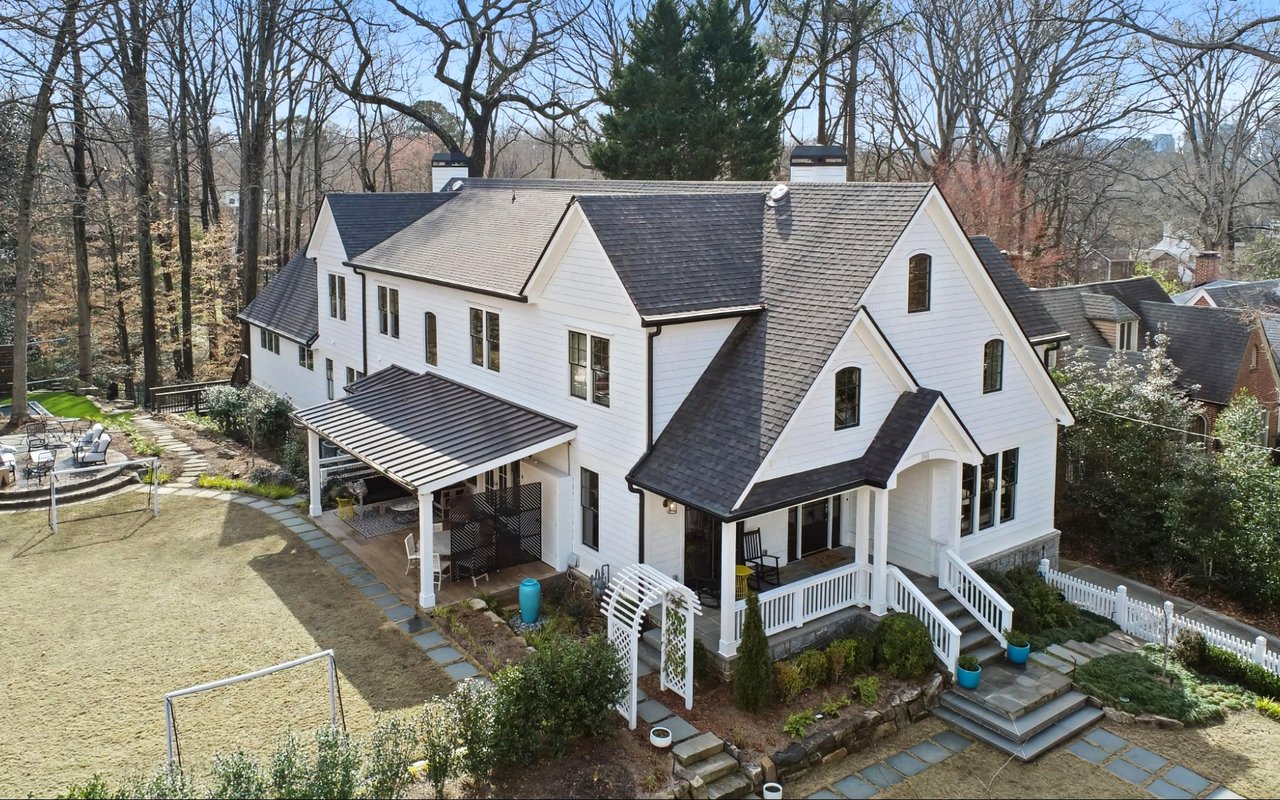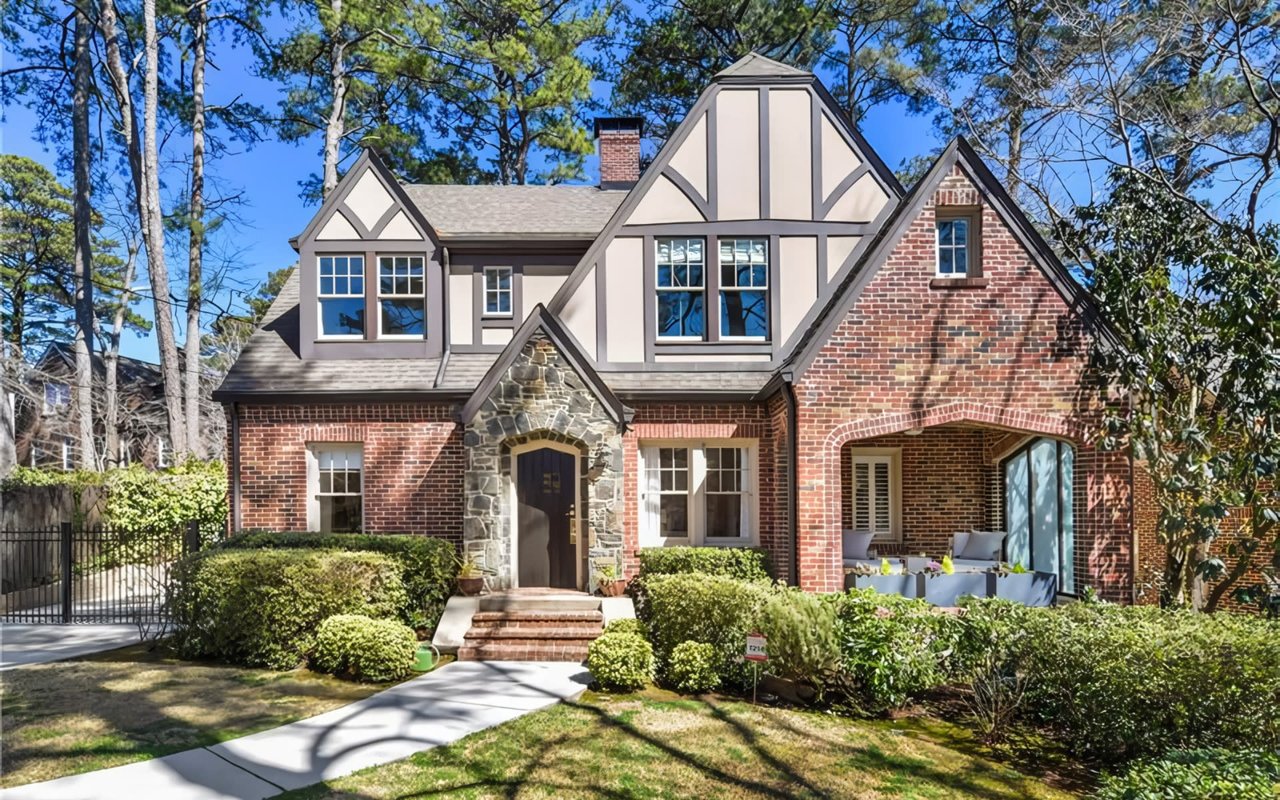Historic Druid Hills set the blueprint for what many of Atlanta's future neighborhoods were to become. Throughout its development, the affluent park-like enclave was just as concerned with the aesthetics of the environment as it was the grandeur of the homes ultimately built here.
Traverse across the greater Atlanta area, and the influence is evident: Ansley Park, Avondale Estates, Brookwood Hills, Garden Hills, Morningside, and West Paces Ferry owe much of their design or planning to Druid Hills.
Let's explore one of Atlanta's most affluent and sought-after neighborhoods, and examine what you should know when you search for a home in historic Druid Hills.
The community
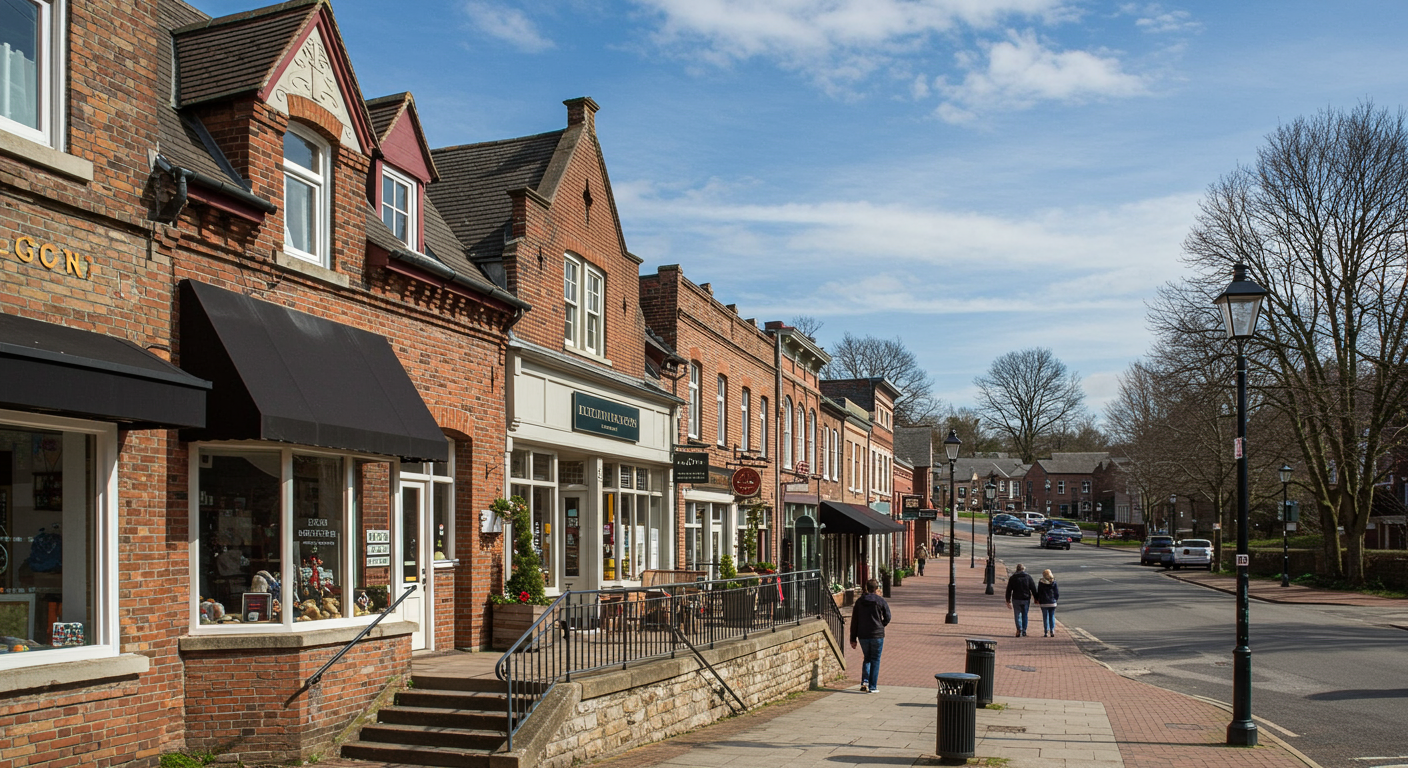
Druid Hills encompasses two distinct areas. The largest portion of the community is a census-designated place (CDP) in unincorporated Dekalb County. The southwest corner of Druid Hills (also in Dekalb County) is considered a neighborhood of Atlanta.
Collectively, Atlanta's "second suburb" is home to more than 15,000 residents. It's one of Atlanta's (and Georgia's) most affluent and well-educated communities.
The median household income in the Atlanta section is more than $235,000, with the CDP boasting a more modest but no less impressive $129,740. Between both areas, almost 90% of the population holds at least a Bachelor's degree.
Approximately 15 minutes northeast of downtown Atlanta, the neighborhood segment is arguably the more "historically" famous of the two. It houses the famed Olmsted Linear Park, which we discuss in detail below.
Much of the modern-day notoriety of Druid Hills stems first from the presence of the renowned educational and research institute Emory University, which relocated to the community in 1914. It's often celebrated as having one of the country’s top public health programs and nursing schools. Adjacent to Emory University, Druid Hills is also the home of the Centers for Disease Control and Prevention (CDC), the primary national public health agency for the United States.
Together, Emory University and the CDC employ more than 38,000 people, with the vast majority at their respective Druid Hills campuses, making the area one of Atlanta's most vital health, research, and economic centers.
Cultural and recreational highlights in Druid Hills include the Callanwolde Fine Arts Center, Fernbank Science Center, and the private Druid Hills Golf Club, which consists of a 72-hole golf course, 11 tennis courts, three pools, a fitness center, and multiple dining options.
Though Druid Hills is predominantly residential, it has grown to include the quaint yet trendy Emory Village commercial district. The handful of restaurants sits near the entrance of Emory University and proves popular with residents and students alike.
The history
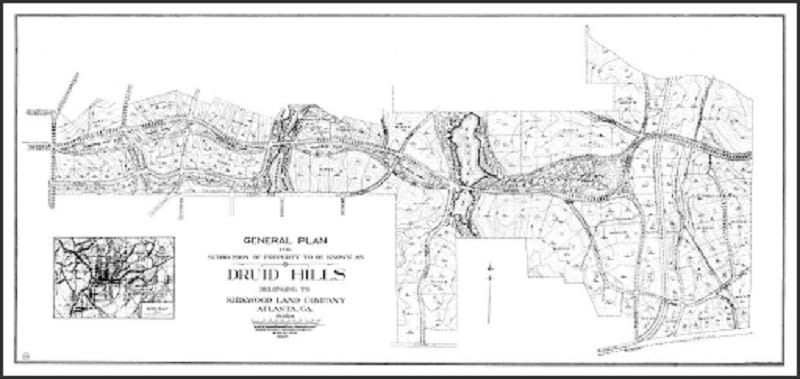
Druid Hills developed under the brilliant work of Frederick Law Olmsted, whom many consider the father of American landscape architecture. Olmstead served as the principal architect for New York City's Central Park. His other works include the grounds of the Biltmore Estate in Asheville, North Carolina, Prospect Park in Brooklyn, the Stanford University campus, and the U.S. Capitol grounds.
Considering the lineage and the fact that it was one of Olmsted's last major works, the area is a vital piece of history and continues to influence landscape architecture today.
Druid Hills was initially conceptualized and developed by prominent Atlanta businessman Joel Hurt (he built Atlanta's first suburb, Inman Park, its first skyscraper, and later co-founded SunTrust Bank). In 1890, Hurt approached Olmsted to plan out the 1,500-acre residential neighborhood. His original plan, which included the now-famous linear park, was completed in 1893.
Though Olmstead died in 1903, his sons carried out his plans for Druid Hills and worked on the project between 1905 and 1908. Additional investors were brought on to help see the community through to its final build-out and included Asa G. Candler, the founder of Coca-Cola.
1936 marked the official end of development, and by that time, Druid Hills had grown into a magnet for Atlanta's most affluent and influential citizens.
The park
The centerpiece of the Druid Hills development is the uniquely crafted Olmsted Linear Park. A collection of six parks totaling 50-acres positioned along the meandering Ponce de Leon Avenue, it represents one of Olmstead's most elegant and intimate designs.
Each park carries its own name (Springdale, Virgilee, Oak Grove, Shadyside, Dellwood, Deepdene) and distinctive characteristics, while establishing a unifying presence along the avenue. The park includes a series of walking and jogging paths, an abundance of trees, Olmstead's signature sweeping pastoral spaces and a waterfall (Shadyside), and a winding stream (Deepdene).
Erosion and a lack of regular maintenance and upkeep saw a downturn in the park's condition in the 1980s. During this time, community efforts helped keep the proposed development of a freeway at bay, which resulted in a commitment to preserving and restoring the park.
From these efforts, the Olmsted Linear Park Alliance was established in 1997 to organize and carry out ongoing restoration and preservation. To further add to the park's continuing upkeep and maintenance, a tree assessment and inventory was commissioned in 2016 to safely manage the park's trees and extend their health and lifespan.
The homes
As the development matured in the early to mid part of the 20th century, Atlanta's elite strived to create residences never before seen or imagined within the city. The homes built in Druid Hills over this time frame were nothing short of spectacular.
Genuinely grand affairs, the homes built in Druid Hills were statement-making designs representing the architectural styling of the era.
Mansions were the prevalent choice of home, though more modest (relatively speaking, of course) bungalow and craftsman homes dotted the area. The most popular styles included Colonial Revival, Georgian, Italian Renaissance Revival, Jacobean, and classic Tudor Revival builds. Well-known architects who contributed their efforts to Druid Hills include Leila Ross Wilburn, Neel Reid, Walter T. Downing, Philip Trammel Shutze, Arthur Neal Robinson, and Henry Hornbostel. Even today, beyond the classic estates from the 20th century, Druid Hill's collection of homes are celebrated for their architectural significance.
Modern home construction is subject to a strict set of standards to preserve the neighborhood's aesthetics. But regardless of the specific home, almost all continue the community tradition of large, lush, and intricately landscaped lots.
Most vital to protecting the area's architectural value and aesthetic legacy are passionate neighborhood advocates who live here and dedicate their time to the effort. These groups include the Druid Hills Civic Association.
For those seeking a home in this magnificent location, opportunities are available across many styles, types, and historical significance. There are several genuinely unique homes within the neighborhood, along with many classic, painstakingly restored properties. The median list price in Druid Hills is $787,000.
Homeowners considering renovations do need to adhere to historical restrictions in place.
The schools
With the world-class institution that is Emory University serving as its foundation, it's little surprise that Druid Hills stands as one of Atlanta's and Georgia's most highly educated neighborhoods.
That commitment to learning extends to the handful of public and private schools that serve the community. The CDP portion of Druid Hills is zoned for the Dekalb County School District, with zoning for Atlanta Public Schools in the southwestern segment.
Sought after schools within the Druid Hills community include Springdale Park Elementary (SPARK), Fernbank Elementary, and Druid Hills High School.
For those seeking a private education, The Paideia School, which is adjacent to the eastern end of Olmsted Linear Park, is a K-12 institution that ranks in the top four private schools in Georgia.
The legacy
Though its primary function in modern-day Atlanta is a residential enclave and important educational and research center, the importance of Druid Hills and its profound influence on suburban design cannot be overstated.
The collection of parks along Ponce de Leon Avenue was listed on the National Register of Historic Places in 1975, originally as the Druid Hills Parks and Parkways.
The boundaries were further expanded, and the listing was updated as the Druid Hills Historic District in 1979. Additional historic districts part of the National Register of Historic Places includes the Emory University District (1975), the University Park-Emory Highlands-Emory Estates Historic District (1998), and the Emory Grove Historic District (2000).
Ready to explore even more of Druid Hills luxury real estate? From stunning Druid Hills homes for sale to Morningside mansions and estate to Virginia Highlands luxury real estate, contact me to start your home buying journey. Allow my years of experience and expertise to be your guide to Druid Hills and beyond in Atlanta's celebrated luxury real estate market.
* Header Image: Georgia Public Broadcasting
